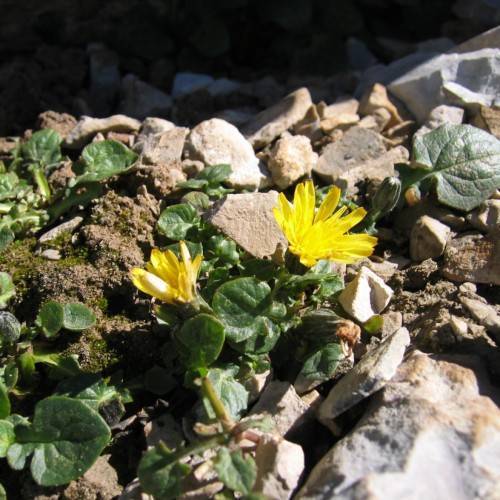
Dwarf Alpine Hawksbeard
Askellia pygmaea
Watering:
Frequent
Hardiness Zone:
Flowers:
Flowers
Sun:
Sun
Soil:
Sand
Leaf:
Yes
Growth Rate:
Low
watering
Water Green Comet Milkweed plants regularly during the growing season, which is usually from spring to fall. In the spring and summer, water deeply once a week, allowing the soil to dry out in between waterings. In the fall, reduce watering to every 2 to 3 weeks. Water your Green Comet Milkweed plants at the base of the plant to reduce the risk of fungal diseases. Reduce watering in the winter to once or twice monthly, as the plants will be dormant during this time.
sunlight
Green Comet Milkweed is an annual or short-lived perennial wildflower native to the southeastern United States. This species of milkweed grows best when provided approximately 8 hours of sunlight per day. The best time of day to give the plant the necessary light is between 10am and 4pm EDT. With a minimum of 6 hours of direct sunlight, this species of milkweed will reach its full potential. When Green Comet Milkweed is grown indoors, it should be placed near a south-facing window to ensure receiving enough sunlight. With too little sunlight, the plant may become weak and will suffer from stunted growth.
pruning
Green Comet Milkweed should be pruned back once per year in late winter, usually late February or early March. Pruning back the plant will help it stay in good health, as it can get quite tall. To properly prune the Green Comet Milkweed, use sharp pruning shears to cut the stem to within 6 to 12 inches from the ground. If there are any dead or damaged branches, cut them off below the damaged area. Also, any flower stalks should be removed after blooming has finished, and the seed pods should be removed to promote additional blooming. This will help keep the plant looking healthy and encourage more flowers to appear.
